Microbarcodes embedded with rare earth nanocrystals show promise for disease detection and biomedicine.
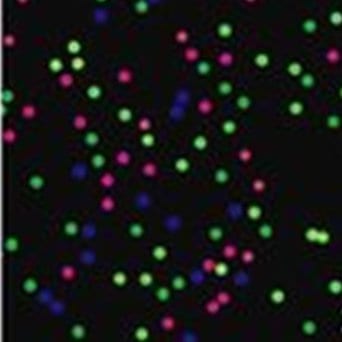

Microbarcodes embedded with rare earth nanocrystals show promise for disease detection and biomedicine.
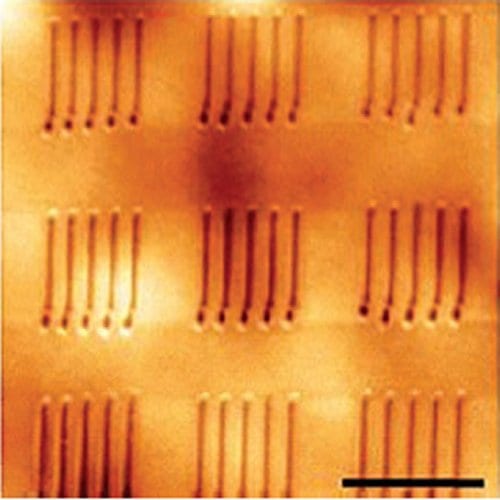
A new method of making ferroelectrics that uses a heated probe tip means they can be produced directly on virtually any substrate and in any shape.
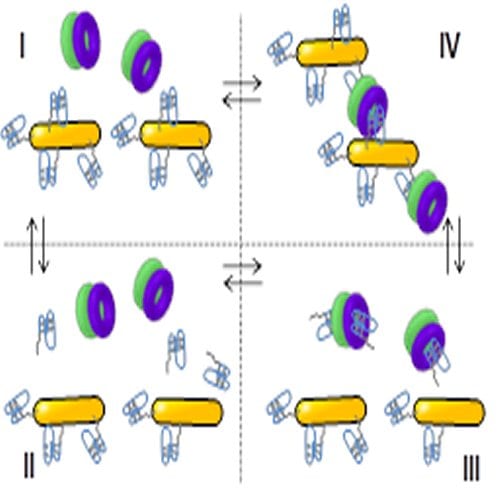
The possibility to obtain work from nanomachines is a step closer to reality as scientists provide a quantitative framework describing interfacial interactions in a nanobiomolecular system.
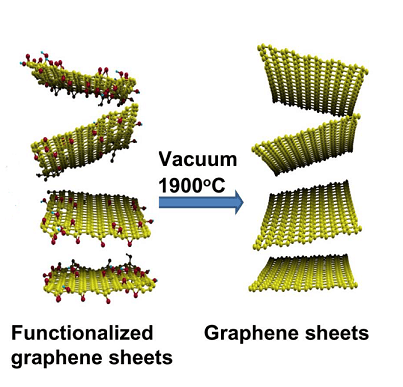
A new method to produce purer, more conductive graphene sheets has been developed by a Korean research team
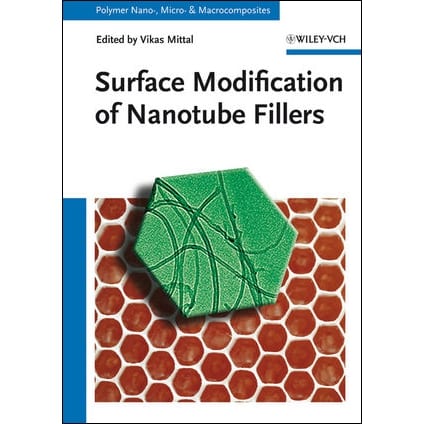
Professor Dmitri Golberg reviews the first volume of the new Polymer Nano, Micro- & Macrocomposites series, edited by Dr. Vikas Mittal.
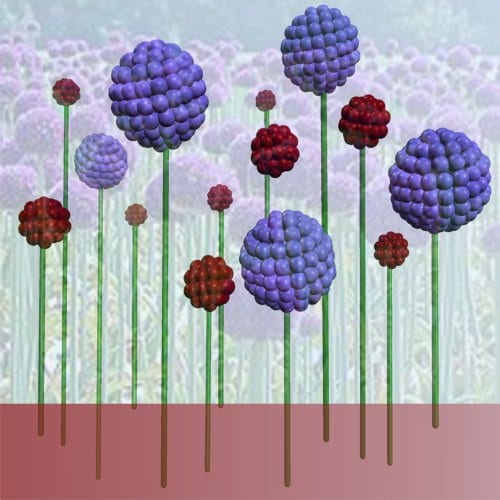
Small changes can have a big effect; a very small change in molecular structure can have a profound controlling effect on the size of gold nanoparticle superstructures.
Carbon nanotube-enzyme composite electrodes are applied in glucose biofuel cells.
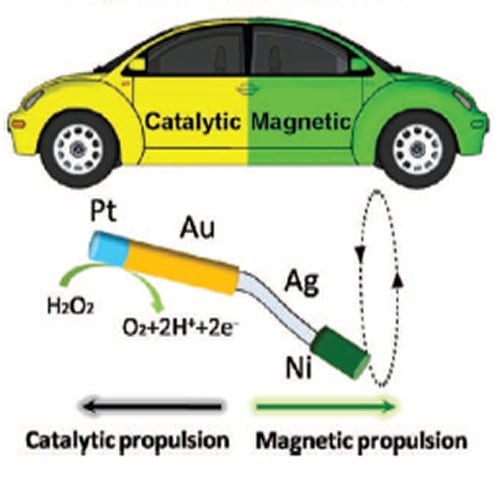
Scientists at University of California, San Diego, USA, led by Joseph Wang, have put together a multisegment nanomotor that contains components responsive to magnetic and to chemical stimuli.
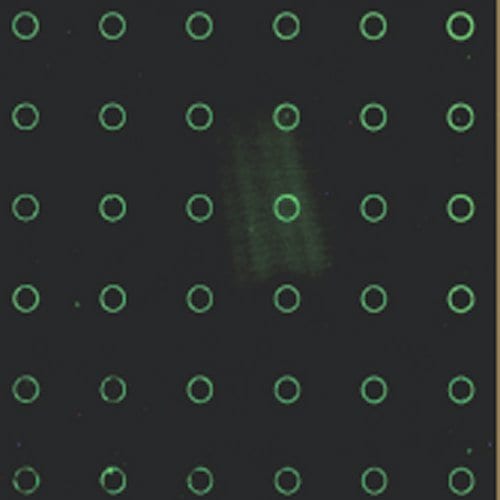
Ring-shaped arrays of DNA by using a simple self-assembly process driven by a balance of different forces, by scientists in the USA and S. Korea.
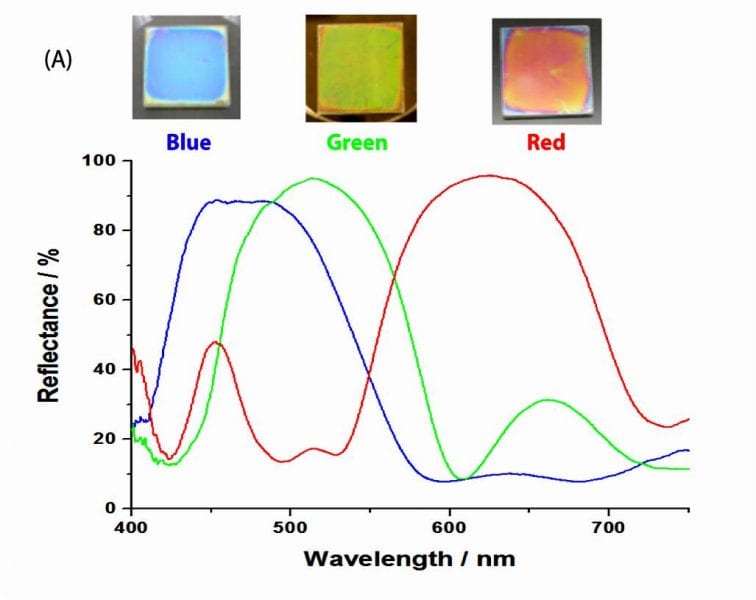
Professor Geoffrey Ozin brags about nanoparticles and the interesting things they can accomplish in Bragg mirrors.